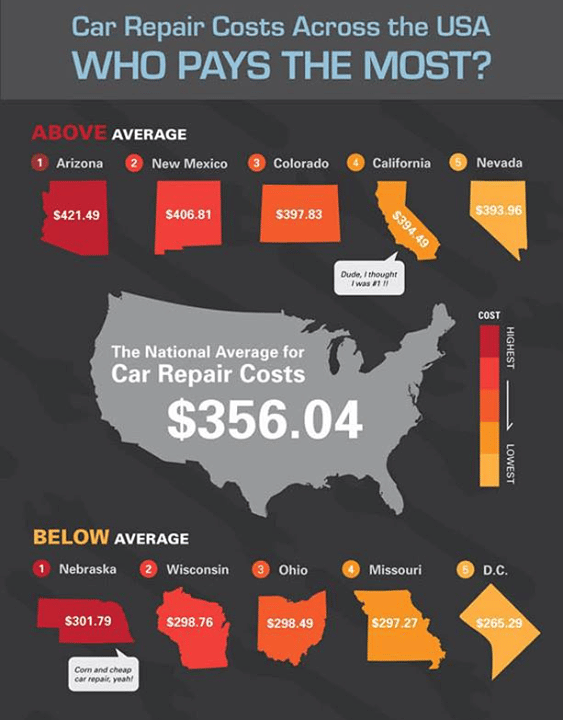Analyzing Your Car'S Warning Indicators: What They Truly Share
Analyzing Your Car'S Warning Indicators: What They Truly Share
Blog Article
Written By-Termansen Shepherd
When you're behind the wheel, those beautiful warning lights on your control panel can be a little bit bewildering. Do you understand what they're attempting to tell you about your vehicle's health? Comprehending the significance of these lights is important for your security and the durability of your vehicle. So, the next time one of those lights appears, would not you want to decipher its message accurately and take the essential steps to address it?
Common Caution Lights and Interpretations
Determine usual warning lights in your vehicle and recognize their definitions to make certain safe driving.
The most normal caution lights consist of the check engine light, which indicates problems with the engine or exhausts system. If just click the up coming internet site begins, it's important to have your vehicle inspected immediately.
The oil stress advising light shows reduced oil stress, needing instant attention to prevent engine damage.
A flashing battery light might suggest a faulty billing system, potentially leaving you stranded otherwise dealt with.
The tire pressure monitoring system (TPMS) light alerts you to low tire pressure, affecting vehicle security and gas efficiency. Disregarding this might bring about hazardous driving conditions.
The ABS light suggests an issue with the anti-lock braking system, endangering your capacity to quit rapidly in emergencies.
Last but not least, the coolant temperature warning light warns of engine overheating, which can lead to extreme damages if not resolved swiftly.
Understanding these usual caution lights will help you deal with issues promptly and maintain safe driving conditions.
Relevance of Prompt Focus
Recognizing the common caution lights in your automobile is just the initial step; the significance of without delay addressing these cautions can not be highlighted enough to guarantee your safety and security when traveling.
When a caution light illuminates on your control panel, it's your vehicle's method of communicating a potential problem that requires focus. Disregarding these cautions can bring about a lot more extreme problems down the road, compromising your safety and possibly costing you much more in repairs.
Motivate interest to alerting lights can stop failures and mishaps. As an example, a flashing check engine light might indicate a misfire that, if left neglected, could trigger damages to the catalytic converter. Addressing this without delay can conserve you from a pricey repair service.
Similarly, a brake system cautioning light may indicate low brake fluid or worn brake pads, critical parts for your security when driving.
Do It Yourself Troubleshooting Tips
If you observe a caution light on your control panel, there are a few DIY fixing suggestions you can try before looking for expert assistance.
Read the Full Write-up is to consult your car's manual to understand what the details caution light shows. Occasionally the problem can be as easy as a loose gas cap setting off the check engine light. Tightening up the gas cap may deal with the trouble.
One more common issue is a reduced battery, which can activate different alerting lights. Inspecting the battery connections for rust and ensuring they're protected could fix the trouble.
If a caution light lingers, you can try resetting it by disconnecting the auto's battery for a couple of minutes and after that reconnecting it. In addition, inspecting your automobile's liquid degrees, such as oil, coolant, and brake fluid, can help repair cautioning lights connected to these systems.
Verdict
Finally, recognizing your car's caution lights is important for keeping your vehicle running smoothly and securely. By immediately resolving these informs and recognizing what they indicate, you can prevent expensive fixings and possible breakdowns.
Remember to consult your vehicle's handbook for certain details on each cautioning light and act appropriately to guarantee a trouble-free driving experience.
Stay informed, remain secure when traveling!
